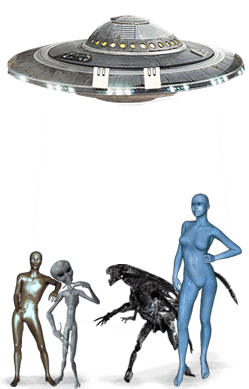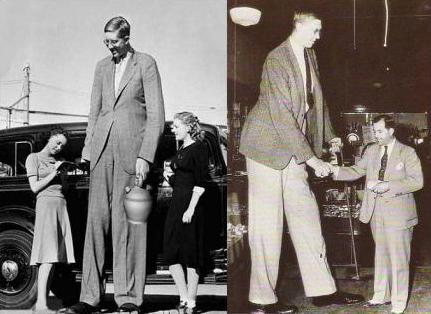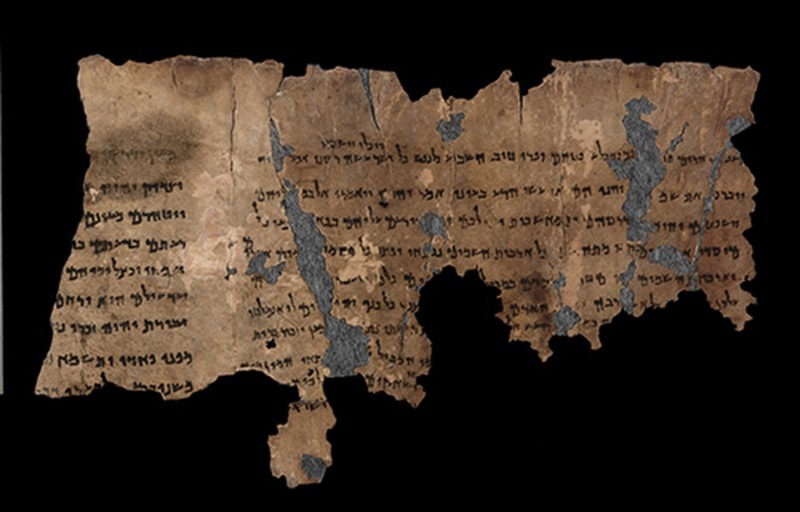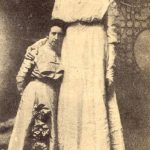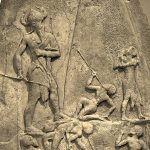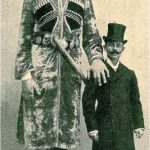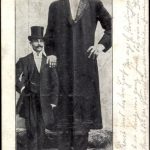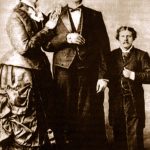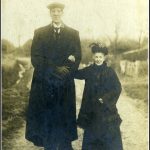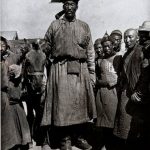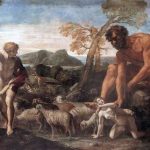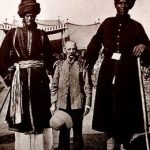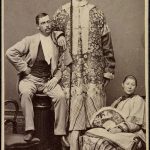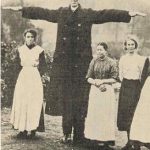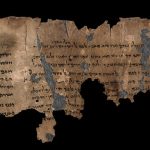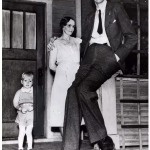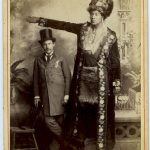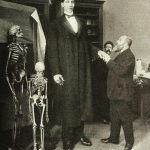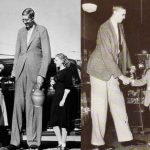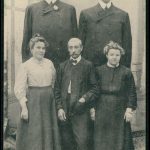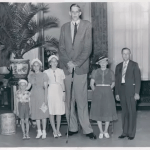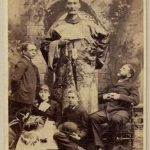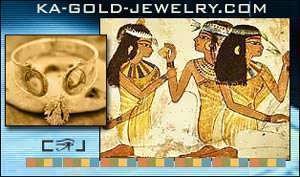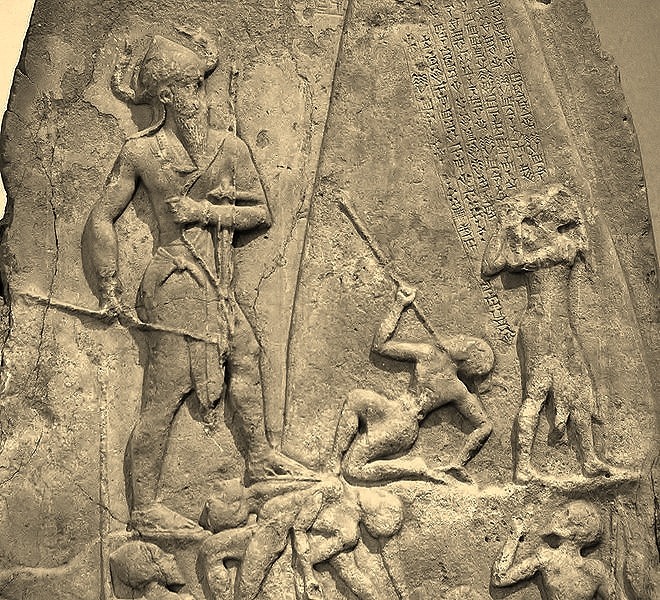 DOWNLOAD The Book of Giants Ebook
DOWNLOAD The Book of Giants Ebook
DOWNLOAD THE BOOK OF ENOCH – Modern Version
Dead Sea Scrolls Referenced: 4Q203, 1Q23, 2Q26, 4Q530-532, 6Q8
Introduction and Commentary From Gnosis Library
It is fair to say that the patriarch Enoch was as well known to the ancients as he is obscure to modern Bible readers. Besides giving his age (365 years), the book of Genesis says of him only that he “walked with God,” and afterward “he was not, because God had taken him” (Gen. 5:24). This exalted way of life and mysterious demise made Enoch into a figure of considerable fascination, and a cycle of legends grew up around him.
Many of the legends about Enoch were collected already in ancient times in several long anthologies. The most important such anthology, and the oldest, is known simply as THE BOOK OF ENOCH, comprising over one hundred chapters. It still survives in its entirety (although only in the Ethiopic language) and forms an important source for the thought of Judaism in the last few centuries B.C.E. Significantly, the remnants of several almost complete copies of The Book of Enoch in Aramaic were found among the Dead Sea Scrolls, and it is clear that whoever collected the scrolls considered it a vitally important text. All but one of the five major components of the Ethiopic anthology have turned up among the scrolls. But even more intriguing is the fact that additional, previously unknown or little-known texts about Enoch were discovered at Qumran. The most important of these is The Book of Giants.
Enoch lived before the Flood, during a time when the world, in ancient imagination, was very different. Human beings lived much longer, for one thing; Enoch’s son Methuselah, for instance, attained the age of 969 years. Another difference was that angels and humans interacted freely — so freely, in fact, that some of the angels begot children with human females. This fact is neutrally reported in Genesis (6:1-4), but other stories view this episode as the source of the corruption that made the punishing flood necessary. According to The Book of Enoch, the mingling of angel and human was actually the idea of Shernihaza, the leader of the evil angels, who lured 200 others to cohabit with women. The offspring of these unnatural unions were giants 450 feet high. The wicked angels and the giants began to oppress the human population and to teach them to do evil. For this reason God determined to imprison the angels until the final judgment and to destroy the earth with a flood. Enoch’s efforts to intercede with heaven for the fallen angels were unsuccessful (1 Enoch 6-16).
The Book_of_Giants retells part of this story and elaborates on the exploits of the giants, especially the two children of Shemihaza, Ohya and Hahya. Since no complete manuscript exists of Giants, its exact contents and their order remain a matter of guesswork. Most of the content of the present fragments concerns the giants’ ominous dreams and Enoch’s efforts to interpret them and to intercede with God on the giants’ behalf. Unfortunately, little remains of the independent adventures of the giants, but it is likely that these tales were at least partially derived from ancient Near Eastern mythology. Thus the name of one of the giants is Gilgamesh, the Babylonian hero and subject of a great epic written in the third millennium B.C.E.
— Michael Wise, Martin Abegg Jr., and Edward Cook, The Dead Sea Scrolls: A New Translation, (HarperSanFrancisco, 1996) p246-250.
The Event Chronicle (Locklip) More than 60 years ago, excavations at the Qumran Caves revealed almost one thousand ancient scrolls that offered important glimpses into humanity’s past. Archaeologists were stumped to find one unusual text among these, a scroll that offers clues regarding the demise of the Nephilim. It is called The Book of Giants. The Bible makes several references to the Nephilim and most of them can be found in the book of Genesis.
The bulk of information pertaining to these giants of old come from the apocryphal Book of Enoch. This ancient Jewish religious work is attributed to Noah’s great-grandfather, although some scholars date parts of it to around 300 BC. Enoch is a puzzling character, to say the least. The book of Genesis tells us he lived on Earth for 365 years, before being taken by God; “he walked with God: and he was no more; for God took him.”
During his time down here, our planet was also inhabited by ‘angels’ who interacted freely with humans, eventually interbreeding with the “daughters of man” and giving birth to a race of unnaturally strong and giant hybrids called the Nephilim. The origin of the word “Nephilim”isn’t fully understood but scholars have proposed several etymologies: “the fallen”, “apostates”, or “those that cause others to fall down.” Regardless of their name, the Nephilim have always been a synonym for giants.
The Book of Giants found in the Qumran Caves offer a perspective that is different from that of the Book of Enoch. Although incomplete, the scroll fragments paint a grim picture: the Nephilim become aware that, as a result of their violent and deviant ways, they face imminent destruction—and that scares them enough to ask Enoch to speak on their behalf in front of God. The text begins by detailing how the Nephilim plagued the Earth and all that lived on it. But once they all start receiving prophetic dreams of doom, fear seeps into their hearts. The first one to have these dreams was Mahway, the titan son of the angel Barakel. In his dream, he saw a tablet being submerged in water. When the tabled emerges, all but three names have been washed away. This symbolizes the Flood and subsequent destruction of all but Noah’s sons.
At the time, this fact had not become obvious to the Nephilim so they debated the meaning of Mahway’s dream, but were unsuccessful in interpreting the signs. Soon after, two more giants, Ohya and Hahya, the sons of the fallen angel Shemyaza, begin having similar dreams; they dreamed of a tree being uprooted except for three of its roots.
Giants Gallery

